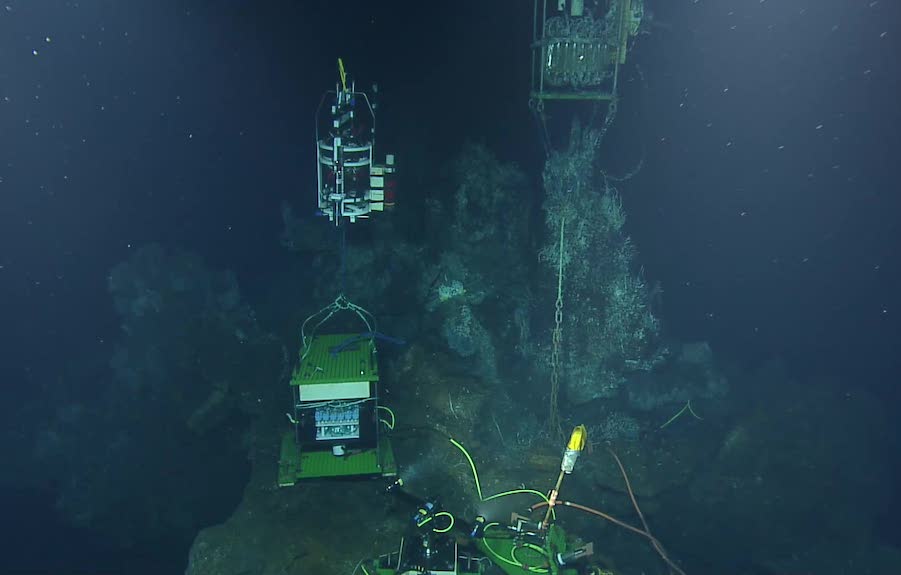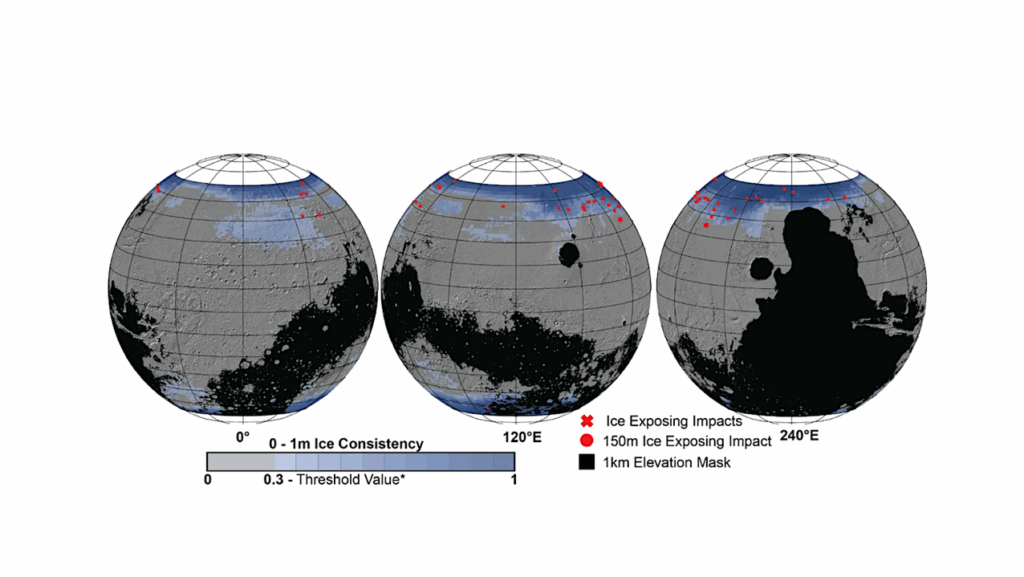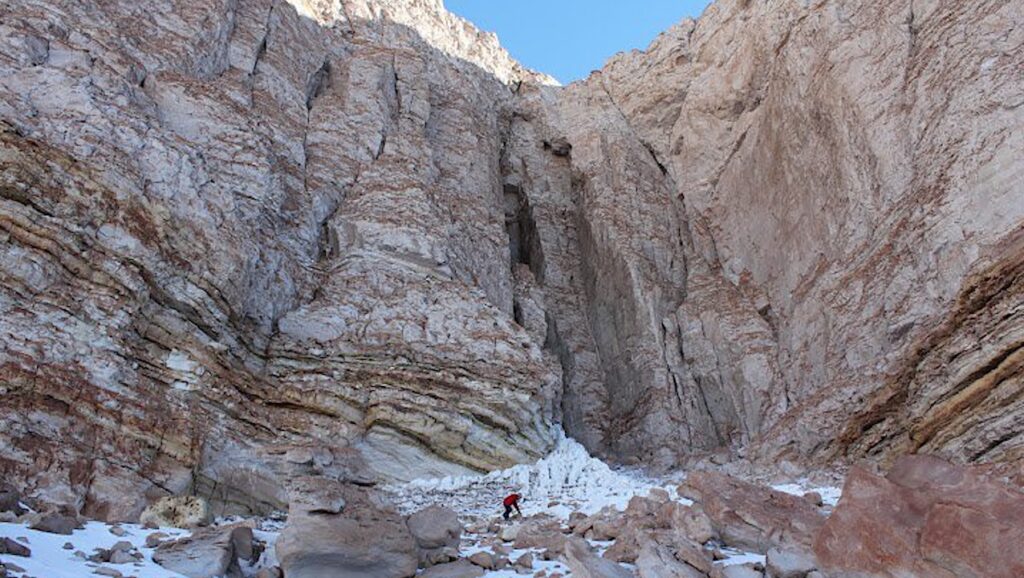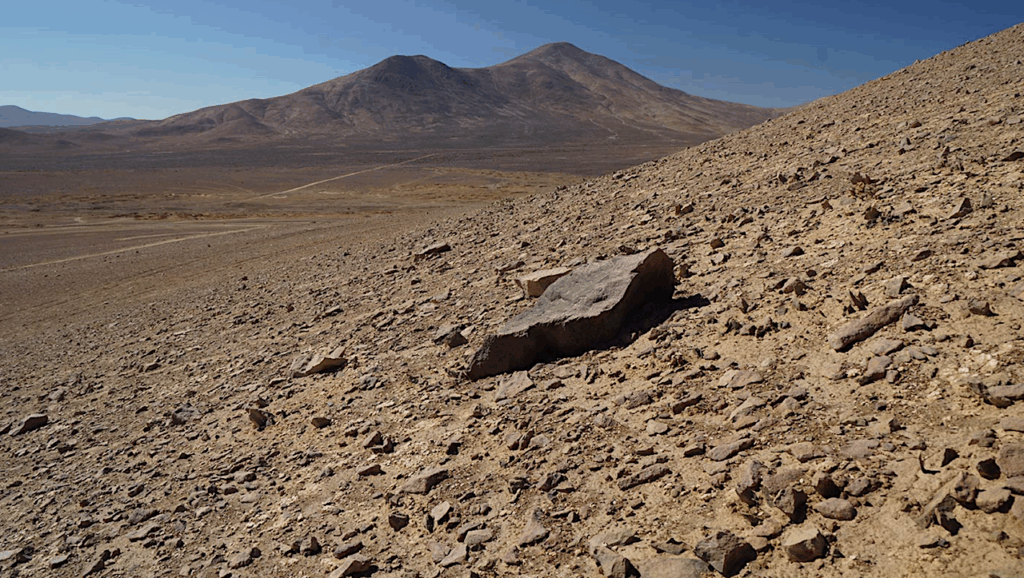Whispers From The Deep Sea: The Subtle Sounds Of Hydrothermal Vents

Deep-sea hydrothermal vents host unique life that survives without sunlight, and they play a significant role in the cycle of heat, water, and chemicals within the ocean.
But long-term monitoring of these vents is difficult because of their hot and caustic characteristics.
In his presentation, “The soundscape of two deep-sea hydrothermal vent sites,” Brendan Smith will describe how hydrophones can listen to the sounds of these vents, informing the environmental impacts of deep-sea mining and assisting with interplanetary exploration. The 183rd Meeting of the Acoustical Society of America will run Dec. 5-9 at the Grand Hyatt Nashville Hotel, and Smith’s session will take place on Dec. 8 at 9:30 a.m. Eastern U.S. in the North Coast A room.
Smith and his PhD supervisor Dr. David Barclay used hydrophones operated by Ocean Networks Canada in the Pacific Ocean and the European Multidisciplinary Seafloor and water column Observatory in the Atlantic Ocean to monitor two vents on the seafloor. Barclay also developed a custom autonomous device that helps determine the source of a sound, which Smith will deploy during a research cruise in 2023. Both are noninvasive ways to study the vents, and both are sustainable in the long term because they work from a safe distance.
Hydrothermal vents produce subtle sounds near the low end of the human hearing range. These noises fluctuate with the flow and temperature of the vent, and biological sources nearby can also contribute to the soundscape.
“Ultimately, our objective is to find the relationship between vent parameters such as flow rate or temperature and the sound they produce,” Smith said. “It is also important to understand all of the contributions to the soundscape at hydrothermal vents, not just the sounds produced by the vents themselves. Surface weather, marine life, and anthropogenic sources such as shipping all contribute to the soundscape.”
Proposed industrial use of hydrothermal vents through deep-sea mining would alter their soundscape and impact the surrounding organisms. Understanding the acoustics in the vicinity could help predict and prevent environmental impacts.
“Characterizing the sound produced by hydrothermal vents can also help us locate new, unexplored vent sites from a long distance,” said Smith. “This could be used to help find new vent sites on Earth, but also elsewhere in the solar system, such as Saturn’s moon Titan or Jupiter’s moon Europa.”
Astrobiology








